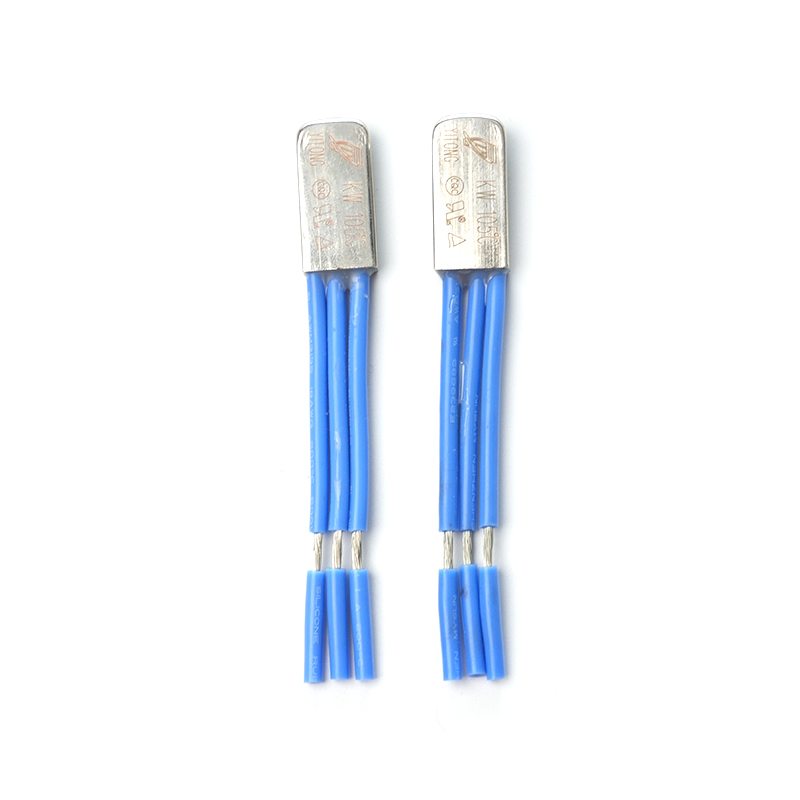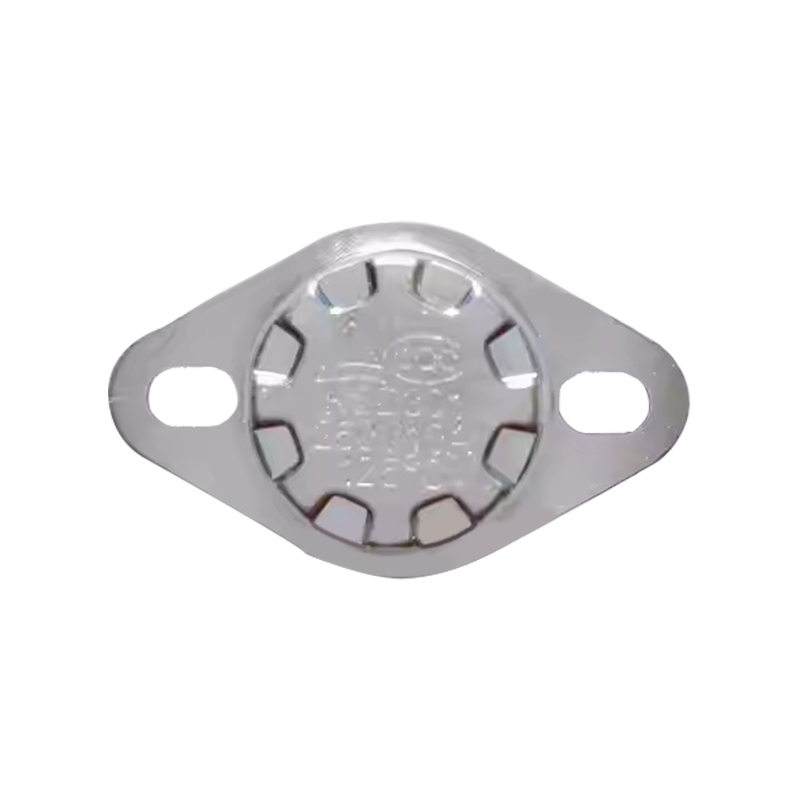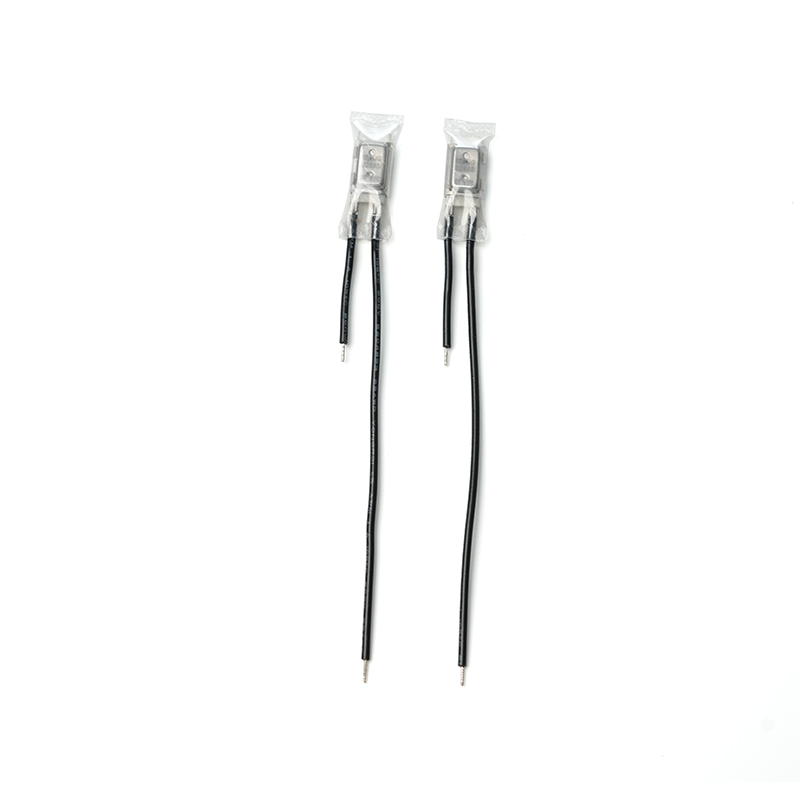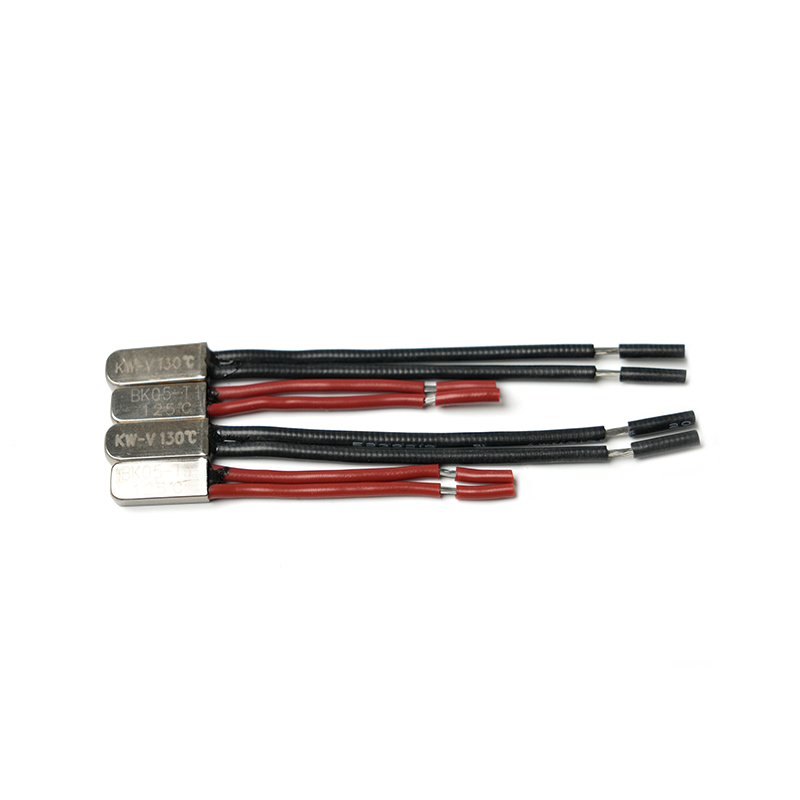How does a thermal overload protector ensure the safety of electrical equipment and extend its service life?

In modern industrial and household electrical equipment, thermal overload protectors (Thermal Overload Protector) are widely used in motors, electrical appliances, and household appliances as a critical safety component. Its main function is to prevent electrical equipment from malfunctioning, damaging, or even fire accidents due to overload or prolonged overheating.
A thermal overload protector usually consists of two parts: a thermistor and a switch mechanism. The thermistor changes (such as expansion or deformation) as the temperature of the equipment rises. When the temperature exceeds the safety threshold, the switch mechanism cuts off the power supply to protect the equipment from damage.
The core working principle of the thermal overload protector is based on temperature changes. Its main working process is as follows:
Temperature monitoring:
The thermistors (such as bimetallic strips, thermistors, etc.) inside the thermal overload protector react as the operating temperature of the equipment changes. When the temperature of a motor or other equipment rises due to excessive load or long working hours, the thermistor begins to expand due to heat or undergo other physical changes.
Temperature exceeds preset value:
When the temperature of the device continues to rise and exceeds the set safety threshold, the thermistor will produce enough changes to cause the switch mechanism to operate, thereby disconnecting the circuit or shutting off the power supply. This process is usually completed within a few seconds to prevent the device from being damaged by overheating.

Automatic recovery:
Some thermal overload protectors have an automatic reset function. When the temperature of the device drops to a safe range, the thermal overload protector automatically restores the circuit and allows the device to start working again. For some applications, the thermal overload protector can also provide an alarm function to remind the user that there is a potential problem with the device.
Application field of thermal overload protector
Thermal overload protector has been widely used in many industries and fields, especially in places involving electrical equipment and power systems. It can be seen almost everywhere.
Motor protection:
The motor is prone to overheating due to excessive load or long-term operation during operation. The thermal overload protector can effectively prevent the motor from burning or malfunctioning due to overload. Whether in industrial production lines or household appliances, thermal overload protectors play an important role.
Household appliances:
Thermal overload protectors are commonly found in various household appliances, such as air conditioners, refrigerators, washing machines, etc. These appliances may malfunction due to overheating or overloading during operation. Thermal overload protectors can effectively prevent fire accidents and extend the service life of the equipment.
Transformers and power equipment:
In transformers, power distribution equipment, and high-voltage electrical systems, thermal overload protectors, as protective elements, can monitor the temperature changes of equipment in real time to avoid electrical accidents or equipment damage caused by overload.
Vehicles:
Thermal overload protectors are also used in electric vehicles (such as electric vehicles, electric bicycles, etc.). The battery packs, motors and other electrical systems in these vehicles are prone to overheating due to long-term high-load operation. Thermal overload protectors can provide timely safety protection.
Advantages of thermal overload protectors
Improve equipment safety:
Thermal overload protectors can effectively prevent electrical equipment from being damaged due to overheating or overloading, ensure the normal operation of equipment, and avoid fires or equipment failures caused by overload.
Extend equipment life: By preventing electrical equipment from running in an overheated state for a long time, thermal overload protectors can reduce equipment wear and failure rates and extend equipment life. Save maintenance costs: Using thermal overload protectors can reduce the frequency of equipment damage and repairs, thereby reducing the cost of maintenance and replacement parts. In addition, regular use of thermal overload protectors can avoid production stoppage losses caused by equipment damage. Environmentally friendly: By protecting equipment from overload damage, thermal overload protectors help reduce resource waste, avoid frequent replacement and disposal of equipment, and also play a positive role in environmental protection. Future trends and challenges With the continuous advancement of technology, thermal overload protectors are also developing in the direction of intelligence and efficiency. Intelligent thermal overload protectors can combine multiple data such as temperature, humidity, and load to monitor equipment status in real time, and send real-time alarms and fault warning information to users through Internet of Things technology. In addition, with the promotion of energy-saving and environmental protection concepts, thermal overload protectors will also develop in the direction of more energy-saving and more reliable. With the continuous development of electrical equipment and the increasing demand for high efficiency, thermal overload protectors are also facing challenges in terms of accuracy, response speed, and scope of application. In the future, how to balance the complexity of protection functions and system integration will be an important topic in design and development.
As an important component of electrical equipment safety management, thermal overload protectors are used in many fields such as industry, home appliances, and transportation. By timely monitoring and controlling the temperature of the equipment, it can effectively avoid safety problems caused by overload or overheating of the equipment. With the continuous advancement of technology, thermal overload protectors will continue to develop in a smarter and more efficient direction, providing strong protection for the safe and stable operation of electrical equipment.
 English
English







